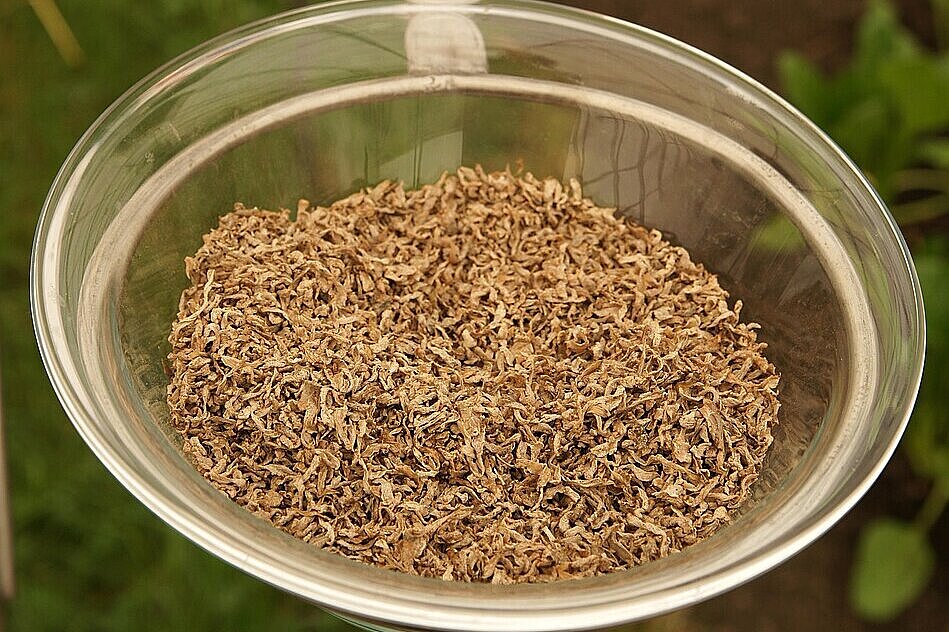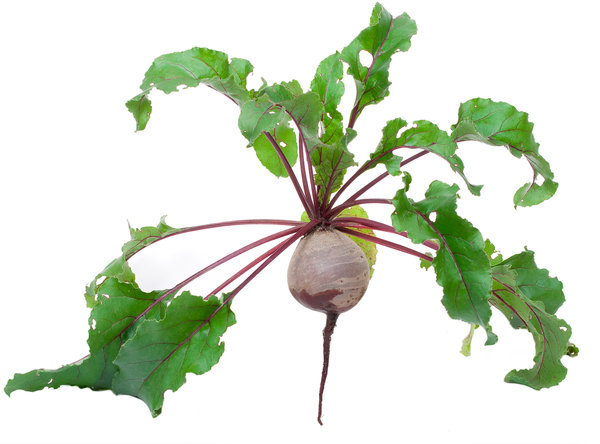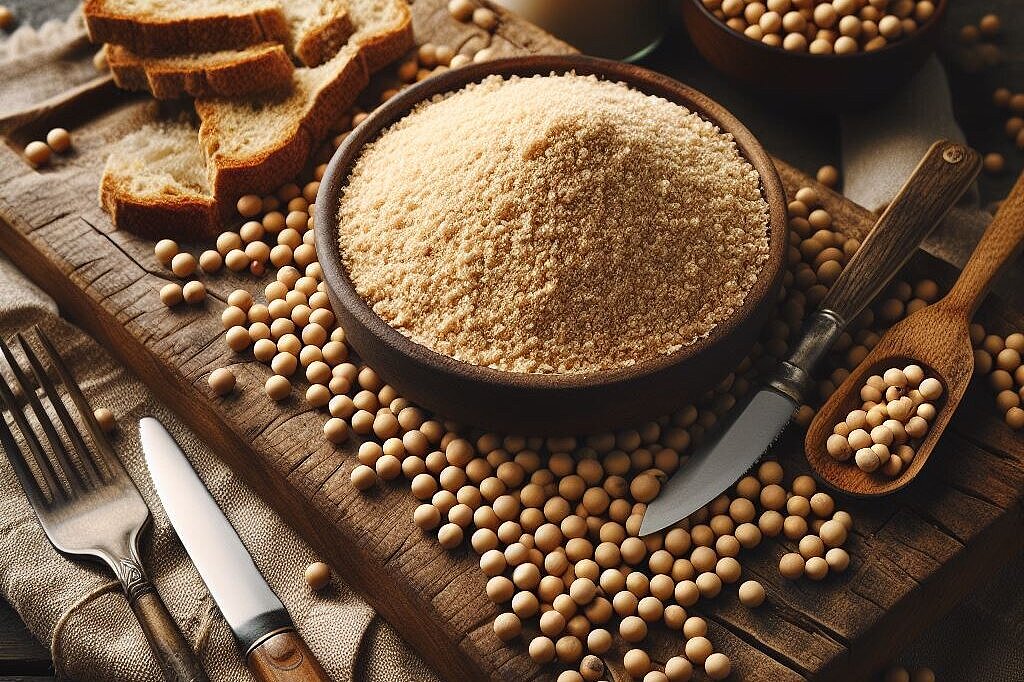Grain husking

Feeding our four-legged friends is a complex issue that requires a careful selection of ingredients to ensure their health and well-being. One ingredient that often raises questions is grain husks. This article dives deep into the world of grain husks, explaining what they are and exploring the benefits and potential drawbacks of their use in dog nutrition.
What are husks?
Grain husks, also known as grain hulls, are the outer layers of cereal grains that are removed during grain processing. They contain parts of the husk, the germ and sometimes small parts of the endosperm. Cereal hulls are high in fiber and are often used as a filler in various foods, including dog food, to add bulk and promote digestive health.
Benefits of cereal husks for dogs
Promotion of digestive health
- High-fiber diet: Grain husks are an excellent source of fiber, which can support healthy bowel function. They help regulate stool, promote healthy bowel movement and can help prevent constipation and diarrhea.
Support with weight management
- Satiety: The high fiber content in cereal husks can help dogs feel fuller for longer. This can be particularly beneficial for dogs that are prone to obesity or need a calorie-restricted diet.
Potential reduction in the risk of cancer
- Prebiotic effect: Dietary fibers such as those in cereal husks act as prebiotics that promote the growth of healthy gut bacteria. This can help reduce the risk of certain diseases, including cancer, in the long term.
Disadvantages of cereal husks
Lack of nutrient density
- Low nutritional value: Although cereal husks are high in fiber, they offer little protein, vitamins or minerals. Their use as a filler can make dog food less nutritious.
Potential digestive problems
- Excessive fiber consumption: Excessive fiber intake from cereal husks can cause digestive problems in some dogs, including bloating, abdominal pain and irregular bowel movements.
Allergies and intolerances
- Grain allergies: Dogs with an allergy or intolerance to certain grains could react to grain husks. Symptoms may include skin irritation, itching and indigestion.
Cereal husks can offer both advantages and disadvantages in a dog's diet. While they are an inexpensive and effective way to increase fiber intake and support digestive health, it is important to monitor their use carefully. Cereal husks should not be the main ingredient in a dog's diet as they have low nutritional value and can cause digestive problems or allergic reactions in some dogs. A balanced diet that includes high quality protein sources, vegetables, fruit and grain husks in moderation can help to promote your dog's health and well-being.
If you notice any signs of hypersensitivity or poisoning in your dog, you should see your vet immediately. We are not a substitute for a vet, but we try to be as accurate as possible. Every dog reacts differently and we recommend you get a second opinion or consult your vet if in doubt.
Stay healthy and take good care of your four-legged friend!😊
Similar to Grain husking
Molasses shreds have a high fiber content, which can help your dog's digestion. They also contain many minerals such as potassium, magnesium, iron and zinc, which are important for your dog's...
Beet molasses pulp is dried and pressed sugar beet pulp that has been enriched with sugar beet molasses. Molasses is a viscous syrup that is produced during sugar production and contains many...
Beet pulp has several positive effects for dogs: They ensure good digestion, as they bind a lot of water and make the feces more voluminous. This can help with constipation or diarrhea in...
Soybean meal is what remains of the soybeans after the oil has been pressed out. It still contains about 40% protein, 20% carbohydrates and 7% fat. It is also rich in fiber, minerals and vitamins....


